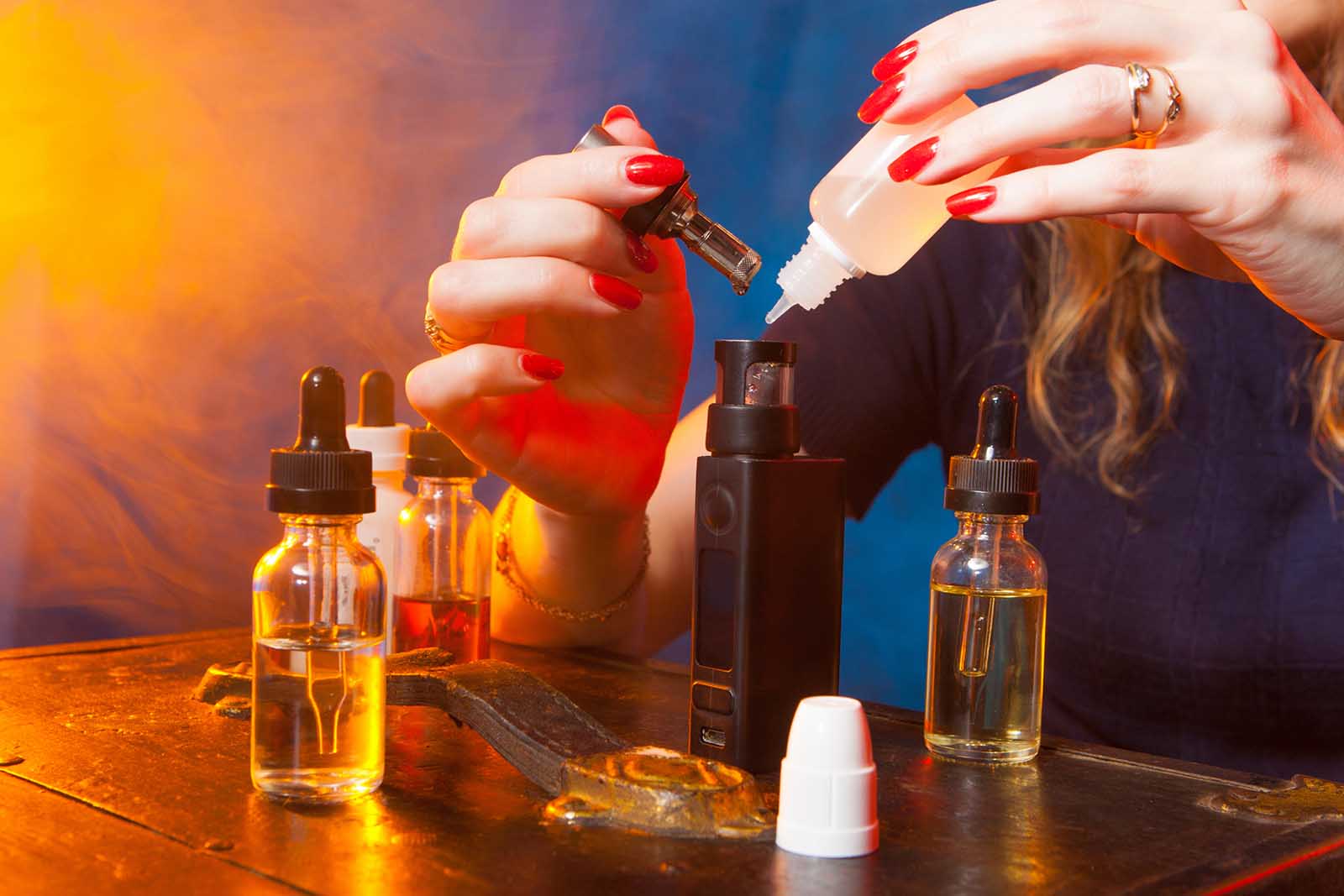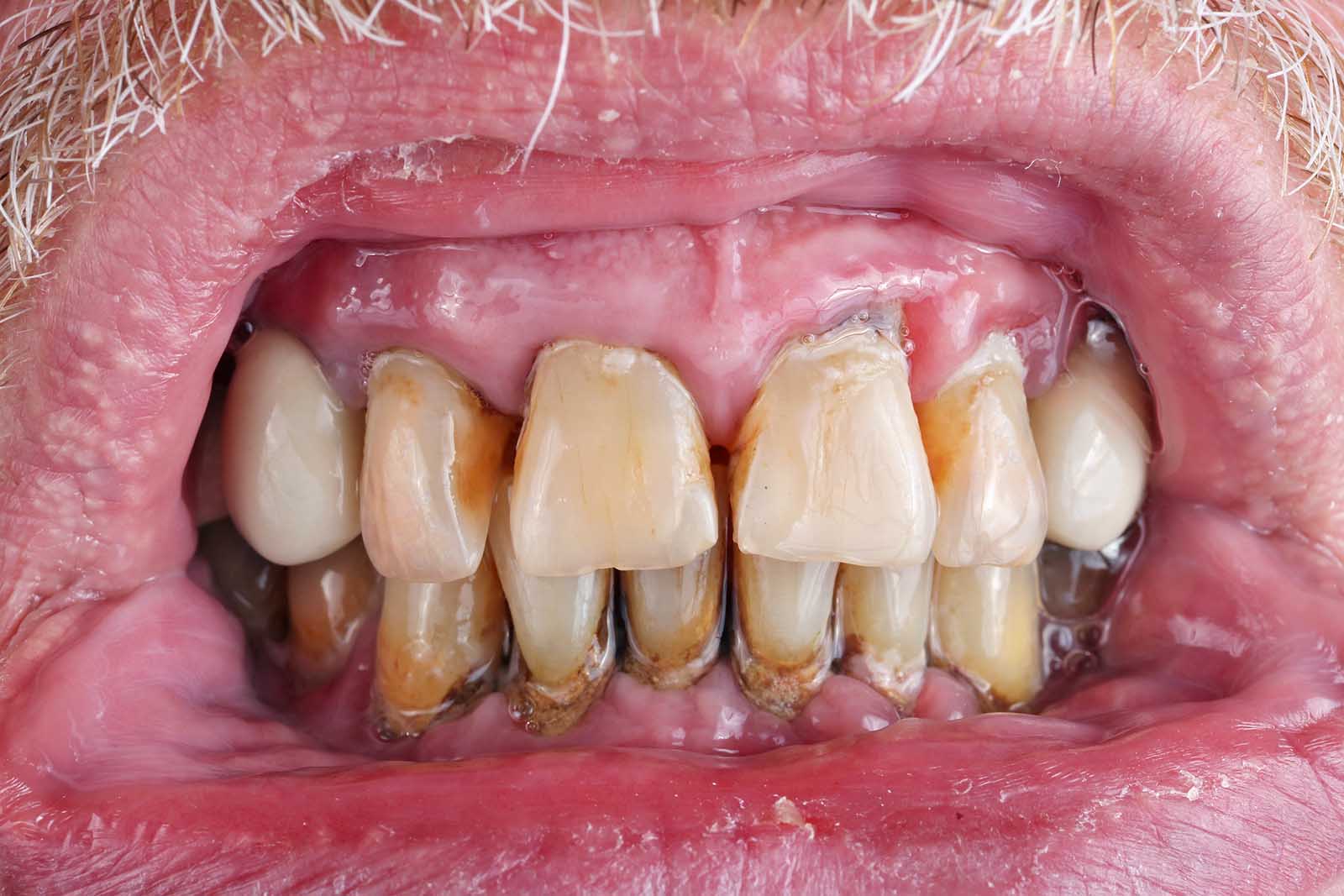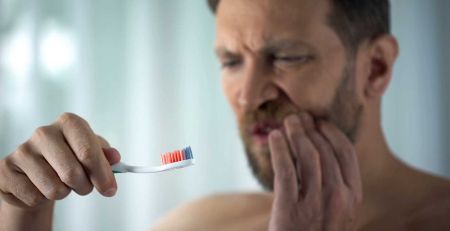Table of Contents
Vaping, otherwise known as e-cigarettes (electronic cigarettes), is a popular alternative to traditional smoking, particularly among younger adults. However, it is crucial to understand its potential effects on oral health.
Marketed as a safer option than smoking cigarettes, vaping involves inhaling vapour produced by an electronic cigarette (e-cigarette) or similar device.
These devices typically contain a liquid called e-juice or vape juice, which includes nicotine, flavourings, and other chemicals.
While vaping is often perceived as less harmful than smoking, its effects on oral health are increasingly becoming a concern.
1. Chemical Composition of Vape Juice and Its Oral Health Implications

Research has shown that the aerosol produced by e-cigarettes contains harmful substances such as nicotine, formaldehyde, acrolein, and volatile organic compounds.
These substances can cause inflammation and irritation of the oral tissues, leading to dry mouth, sore throat, and gum inflammation.
Additionally, nicotine in most e-cigarette liquids has been found to impair blood flow and restrict the delivery of essential nutrients to the gums and teeth. This can result in compromised gum health and an increased risk of gum disease.
Furthermore, this leads to oral discomfort, pain, and potential tissue damage.
Moreover, the heat generated from vaping can cause thermal injuries to the oral tissues, including the lips, tongue, and mucosa.
Each of these components can have various effects on oral health:
Nicotine
A potent vasoconstrictor, nicotine reduces blood flow to the gums, which can impair the healing process and increase the risk of gum disease.
Nicotine also promotes dry mouth, creating an environment where harmful bacteria can thrive.
Propylene Glycol
This common ingredient in vape juice is a humectant that retains moisture. However, inhaling can dry out the mouth and reduce saliva production.
Saliva is crucial in neutralising acids in the mouth, washing away food particles, and protecting against tooth decay and gum disease.
Vegetable Glycerin and Flavourings
While considered safe for ingestion, inhaling these components can have adverse effects.
Vegetable glycerin and certain flavourings, especially sweet or fruity ones, can promote the growth of Streptococcus mutans, the bacteria primarily responsible for tooth decay.
Studies have shown that vaping can lead to the formation of biofilms on teeth, increasing the risk of cavities.
2. Vaping and Gum Disease
Gum disease, or periodontal disease, is a common consequence of using nicotine-containing products.
Vaping, especially with nicotine, can exacerbate this condition through several mechanisms:
Reduced Blood Flow
As mentioned earlier, nicotine reduces blood flow to the gums. Healthy blood flow is essential for maintaining gum tissue and preventing infection.
Increased Inflammation
Nicotine can also increase the production of inflammatory cytokines, leading to chronic inflammation in the gums.
If left untreated, this inflammation can destroy the supporting structures of the teeth, including the bone, eventually leading to tooth loss.
Impaired Healing
Nicotine’s impact on blood flow also means that the gums are less able to heal after injury or infection, which can accelerate the progression of gum disease.
3. The Risk of Oral Cancer
While the long-term risks of vaping are still being studied, there is concern that the chemicals in vape juice, particularly nicotine and specific flavouring agents, could contribute to the development of oral cancer.
Traditional tobacco use is a well-known risk factor for oral cancer, and while vaping is thought to be less harmful, it is not risk-free.
Formaldehyde and Other Carcinogens
Studies have found that the heating element in e-cigarettes can produce formaldehyde, a known carcinogen, as well as other toxic substances.
These chemicals can damage the cells in the mouth and potentially lead to cancerous changes.
DNA Damage
Some research suggests that the chemicals in e-cigarette vapour can cause DNA damage in the cells of the mouth, which is a precursor to cancer.
4. Dry Mouth and Tooth Decay
Dry mouth, or xerostomia, is a common side effect of vaping due to the effects of propylene glycol and nicotine.
A lack of adequate saliva can lead to several oral health issues:
Increased Risk of Cavities
Saliva is crucial in washing away food particles and neutralising bacteria-produced acids. Without sufficient saliva, the risk of tooth decay increases significantly.
Bad Breath
Dry mouth can also lead to halitosis, or bad breath, due to the accumulation of bacteria in the mouth.
Oral Infections
Dry mouths are more susceptible to infections such as oral thrush, a fungal infection caused by an overgrowth of Candida yeast.
5. Impact of Vaping on Teeth and Enamel

The acidic nature of some vape juices, particularly those with fruit or citrus flavours, can erode tooth enamel over time.
Enamel erosion can lead to:
Increased Tooth Sensitivity
As the enamel wears away, the underlying dentin becomes exposed, increasing sensitivity to hot, cold, or sweet foods and drinks.
Higher Risk of Cavities
Enamel is the first line of defence against cavities. When it becomes eroded, teeth are more vulnerable to decay.
Aesthetic Concerns

Enamel erosion can also affect the appearance of teeth, leading to discolouration and uneven edges.
6. Vaping and Orthodontic Treatment
For individuals undergoing orthodontic treatment, such as traditional dental braces or clear aligners, vaping can pose additional challenges:
Slower Healing
The reduced blood flow caused by nicotine can slow the healing of the gums and bone around the teeth, potentially prolonging orthodontic treatment.
Increased Risk of Decay
The difficulty in cleaning around orthodontic appliances, combined with the dry mouth induced by vaping, can increase the risk of tooth decay.
7. Public Health Considerations
Given the potential oral health risks associated with vaping, dental professionals need to educate patients, particularly younger individuals, about these risks.
While vaping may be less harmful than smoking traditional cigarettes, it is not without consequences for oral health.
Patient Education
Dentists should take the opportunity to discuss the potential risks of vaping with their patients, especially those who vape regularly.
Preventive Measures
Encouraging good oral hygiene practices, regular dental check-ups, and staying hydrated can help mitigate some of the risks of vaping.
Advocacy for Research
More research is needed to fully understand the long-term effects of vaping on oral health.
Dental professionals can advocate for studies that explore these impacts.
Studies on Vaping: What You Need To Know
Several studies have indicated that vaping can have adverse consequences for oral health.
Clinical studies have also suggested a correlation between vaping and an increased prevalence of oral infections and oral cavity disorders.
The alteration of the oral microbiome due to the chemical components in e-cigarette aerosols may contribute to these adverse effects.

It is essential to prioritise oral health and make informed decisions regarding vaping.
Regular dental check-ups and discussions with your dentist can help monitor and address potential oral health issues related to vaping.
It is recommended to consult with your local dental professional for personalised guidance on oral health and the potential impacts of vaping.
Regular dental visits are essential for maintaining optimal oral health and preventing the progression of decay or other dental issues.
You can address potential problems early on by seeking timely professional care and maintaining a healthy smile for years.
References
- Rahman MA, Hann N, Wilson A, et al. Electronic cigarettes: patterns of use, health effects, use in smoking cessation and regulatory issues. Tob Induc Dis. 2014
- Sancilio S, Gallorini M, Cataldi A, et al. The Effects of Electronic Cigarette Vapor on the Oral Environment and Its Microflora: A Systematic Review. Int J Environ Res Public Health. 2021
- Lee YH, Park S, Cho HJ. Effect of E-cigarette Aerosol Extract on Oral Microorganisms and Human Gingival Fibroblasts. J Dent Hyg Sci. 2020
Disclaimer
The information provided in this article is for educational and informational purposes only and is not intended as medical advice. It is not a substitute for professional dental or medical consultation, diagnosis, or treatment. Always seek the advice of your dentist, physician, or other qualified healthcare provider with any questions regarding a medical condition or treatment, including the impact of vaping on your oral health. Never disregard professional medical advice or delay seeking it because of something you have read in this article.




